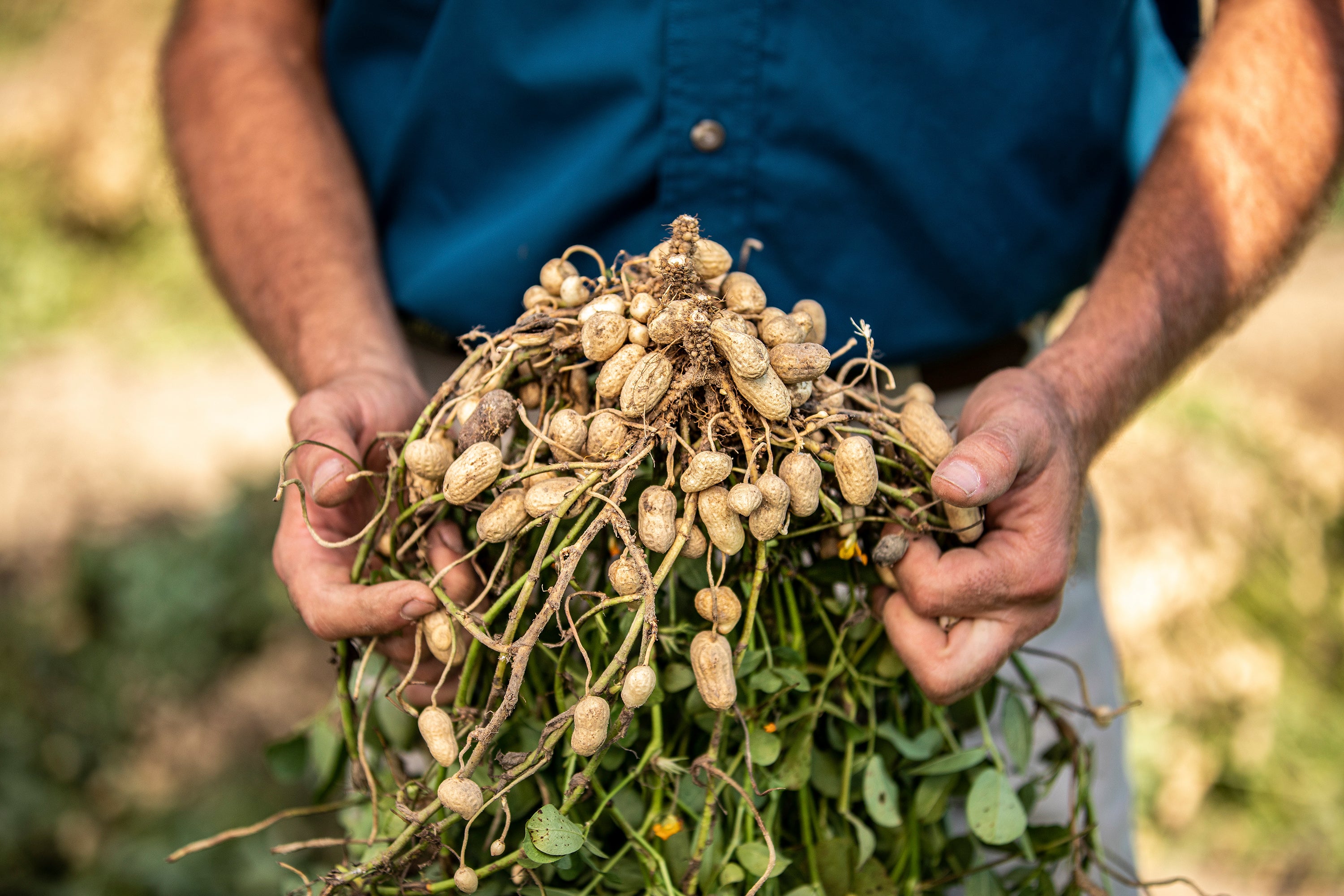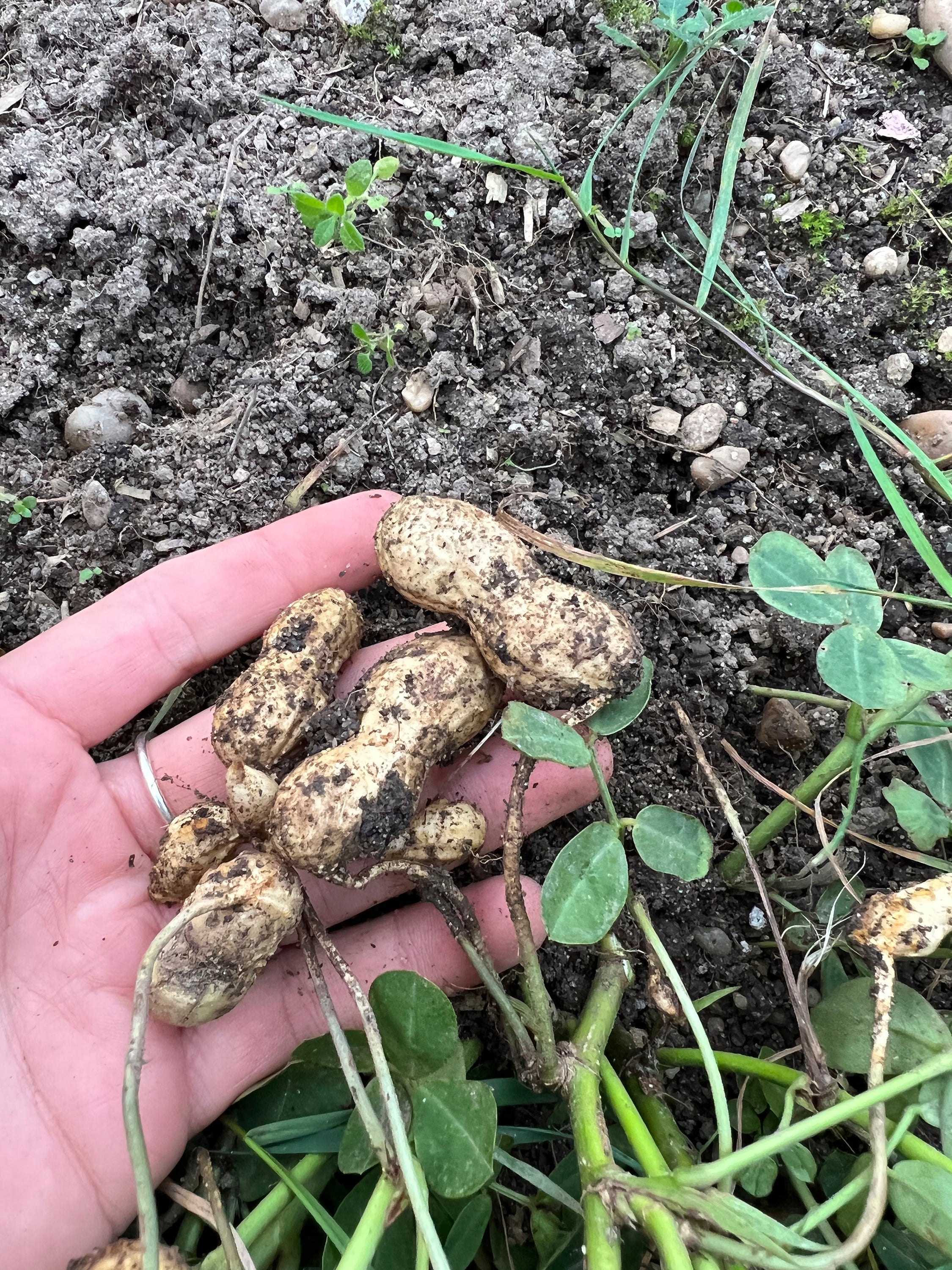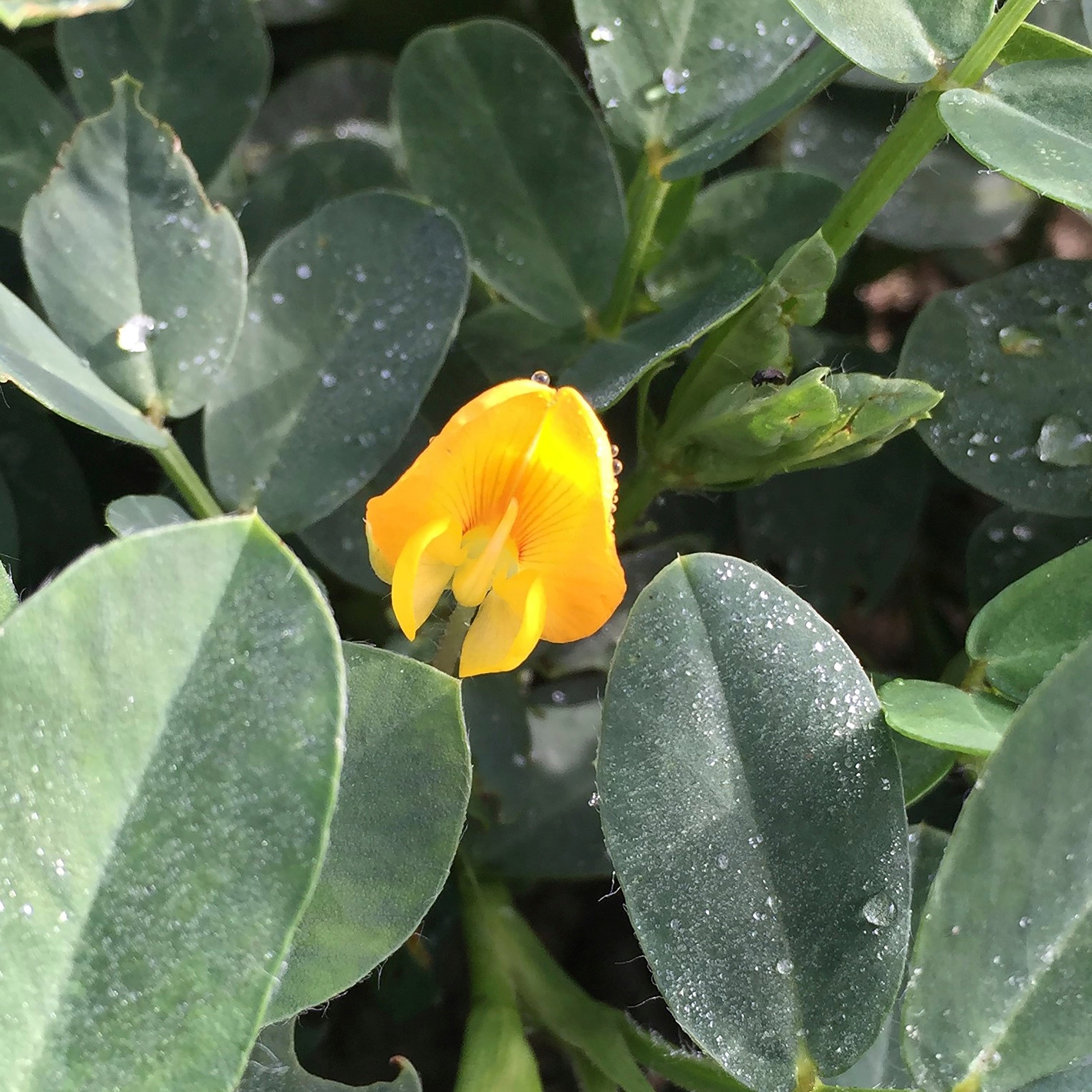A guide to growing peanuts for people who don’t live in the tropics
You don't have to live in the tropics to grow peanuts

Peanuts are normally grown in southern climes.
Most come from China, India, Nigeria and the southern US, which all fall squarely in climates in or similar to USDA hardiness zones 8-11. Which is to say, their summers are long enough to allow for the up to 150 days necessary for the plants to reach maturity.
But with some planning, home growers as far north as zone 6 can also have success growing peanuts for snacking, peanut butter and, of course, bragging rights.
If you live in one of those more northern areas, direct sowing isn’t possible, so you’ll have to purchase starter plants or start seeds early indoors (or in a greenhouse, if you have one). Then transplant them outdoors two to three weeks after the danger of frost has passed.
With that date in mind, research your first fall frost date and calculate whether there are enough days between them to allow your chosen peanut variety to mature: Valencia takes 90-110 days; Spanish, 90-120; Virginia and runner types, 130-150. If not, calculate the number of extra days (but no less than 14) they’ll need to develop indoors and start seeds accordingly. Don’t subtract more days because starting seeds too early can result in leggy, stressed plants.
In my Long Island, New York, garden, I would aim for an early April start date.

I recommend buying seeds from a specialty garden center or a seed catalog. Yes, you can theoretically crack open raw, unsalted, in-the-shell peanuts from the grocery store and plant them -- and if you do, take care not to remove the red seed coat — but you’ll have no way of knowing which variety you are planting or how long they’ve been sitting in their shells and under what conditions.
In zones 8-11, plant seeds directly outdoors in full sun (a south-facing slope is ideal) between mid-April and mid-June. Loosen soil and sow 2 inches deep and 10 inches apart in rows 20 inches apart. Keep the soil moist until they sprout, then provide 1 to 1½ inches of water per week, including rainfall.
In zones 6 and 7, sow seeds indoors about 1 inch deep in individual biodegradable pots, and place them under grow lights or by your sunniest window. Water about once a week and transplant the entire pot outdoors two to three weeks after the soil temperature has warmed to at least 60 degrees and the danger of frost has passed. Starter plants, if using, should be set out at the same time.

Hill soil around the bottoms of plants, as you would potatoes, beginning when they are a foot tall, by applying 2 inches of straw or dried grass clippings around them to encourage “pegging,” or underground seed production. Those seeds are peanuts, so they must be dug up to be harvested.
Because peanuts aren’t actually nuts but rather legumes, like beans and peas, they capture nitrogen from the air and add it to the soil, so avoid applying nitrogen fertilizers around plants.
Self-pollinating yellow flowers will emerge roughly 40 days after planting. Petal drop is a sign that peanut formation, or pegging, has begun underground.
Depending on your variety and growing conditions, leaves will turn yellow about four to five months after seeds are planted, signaling it’s time to harvest.
Dig up plants -- roots and all -- shake off excess soil, and place in a dry spot with good air circulation for two to three days until the remaining foliage dries completely. Remove peanut pods from roots, then roast, or store unshelled peanuts in airtight containers. They’ll keep for about a year.
Bookmark popover
Removed from bookmarks